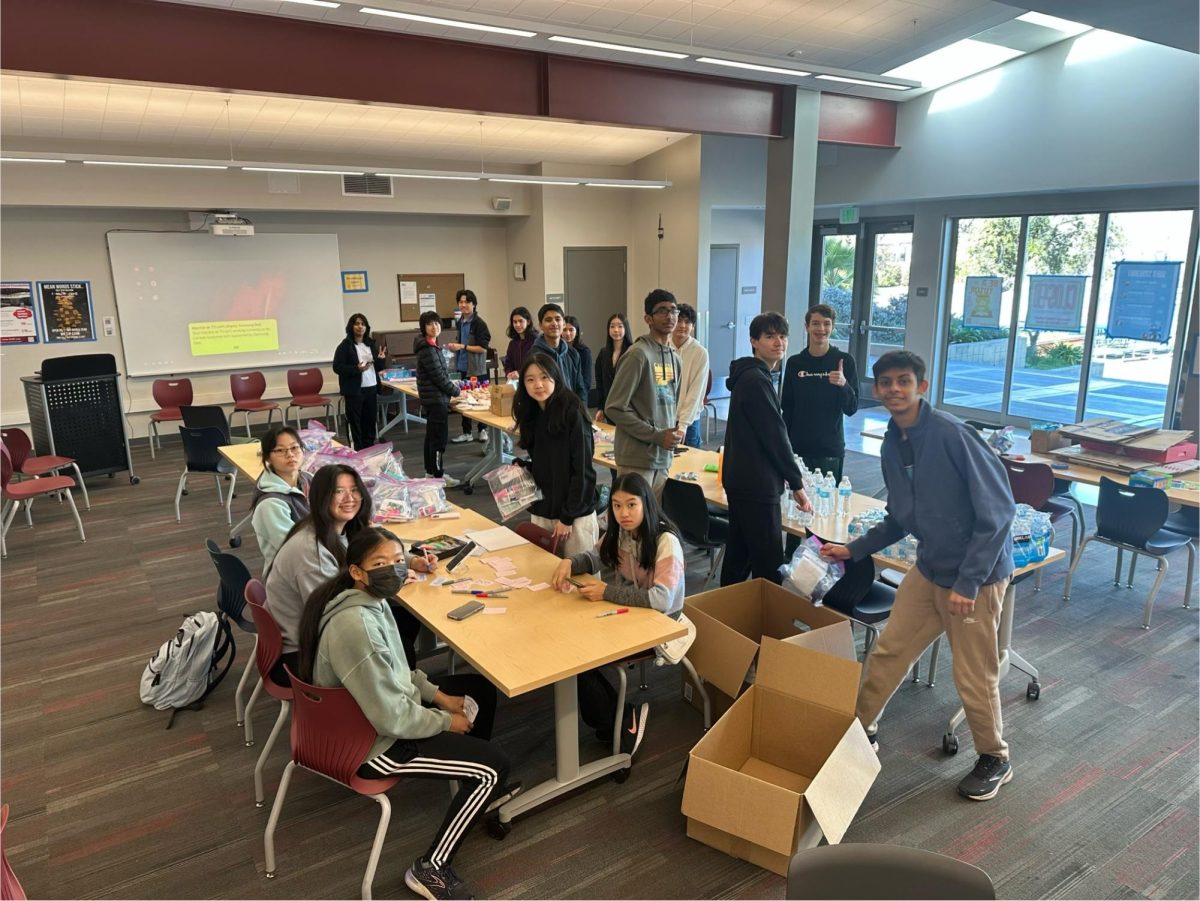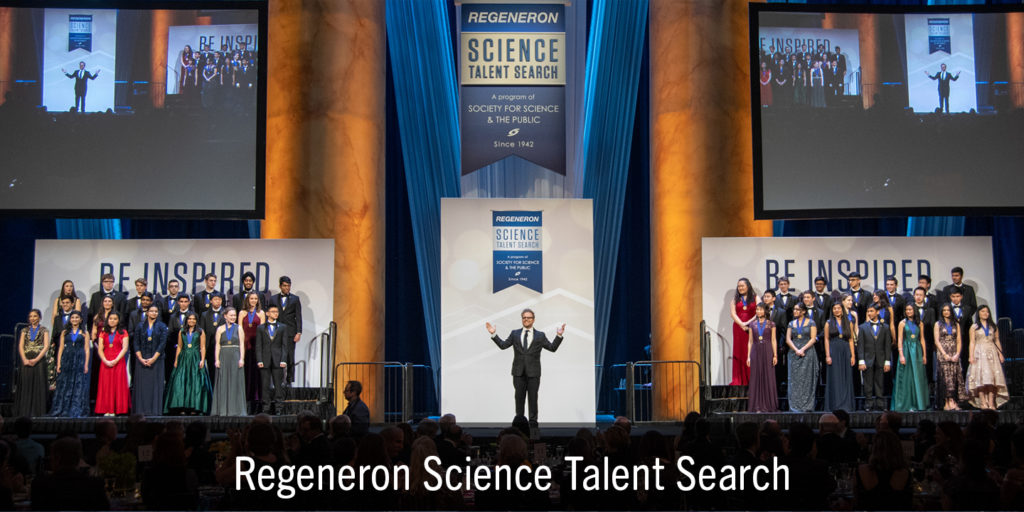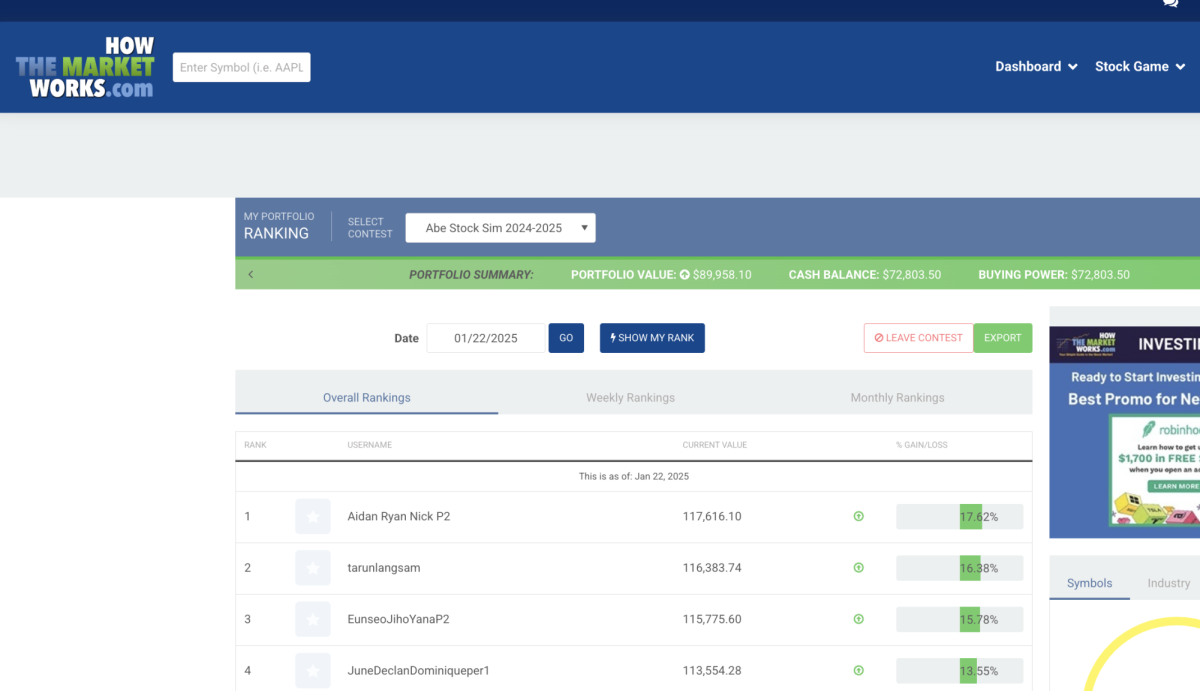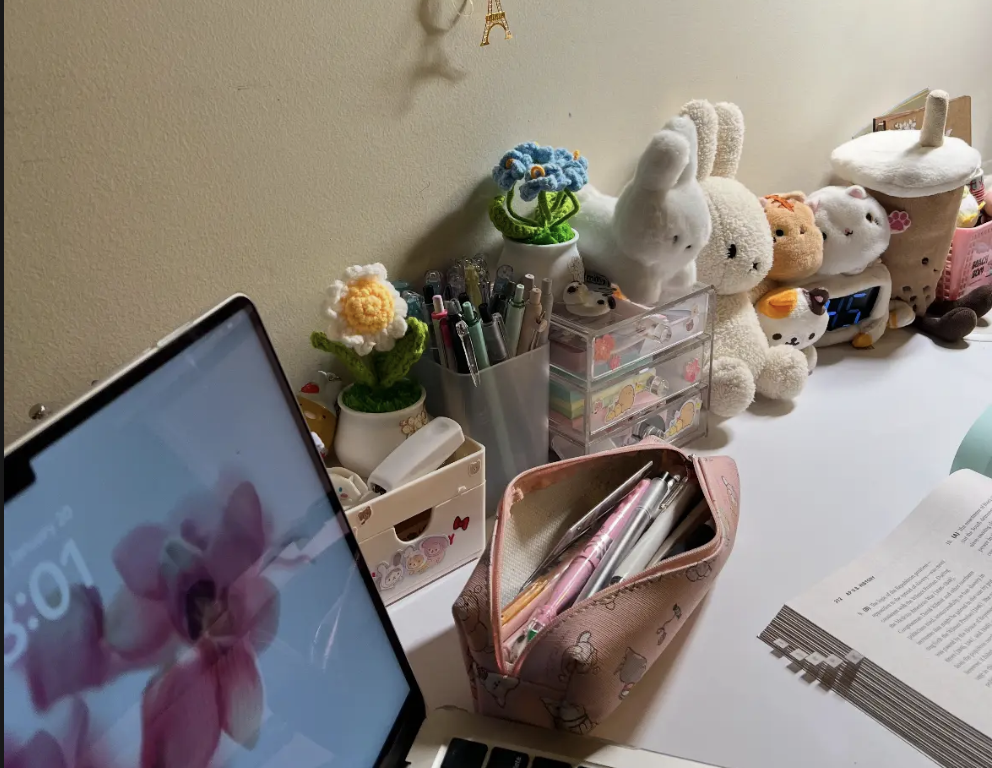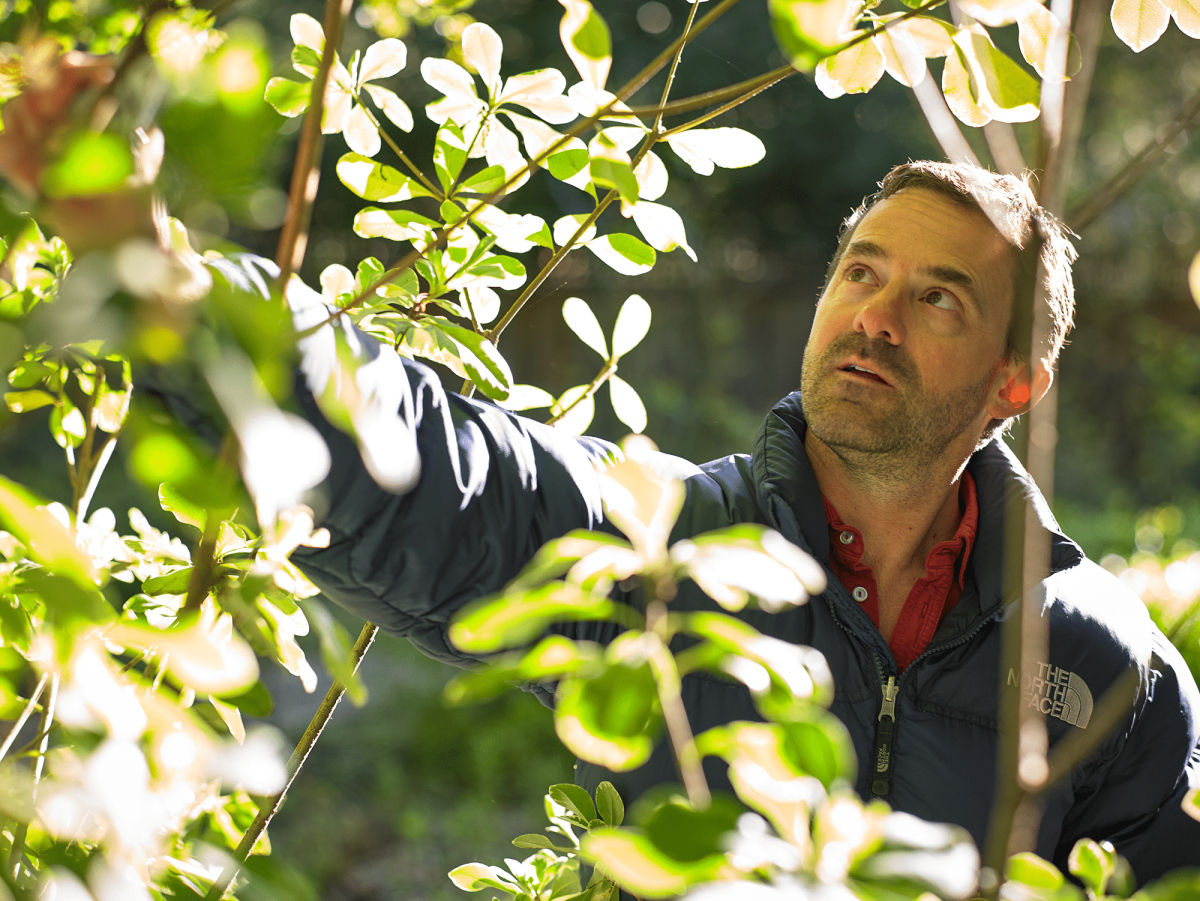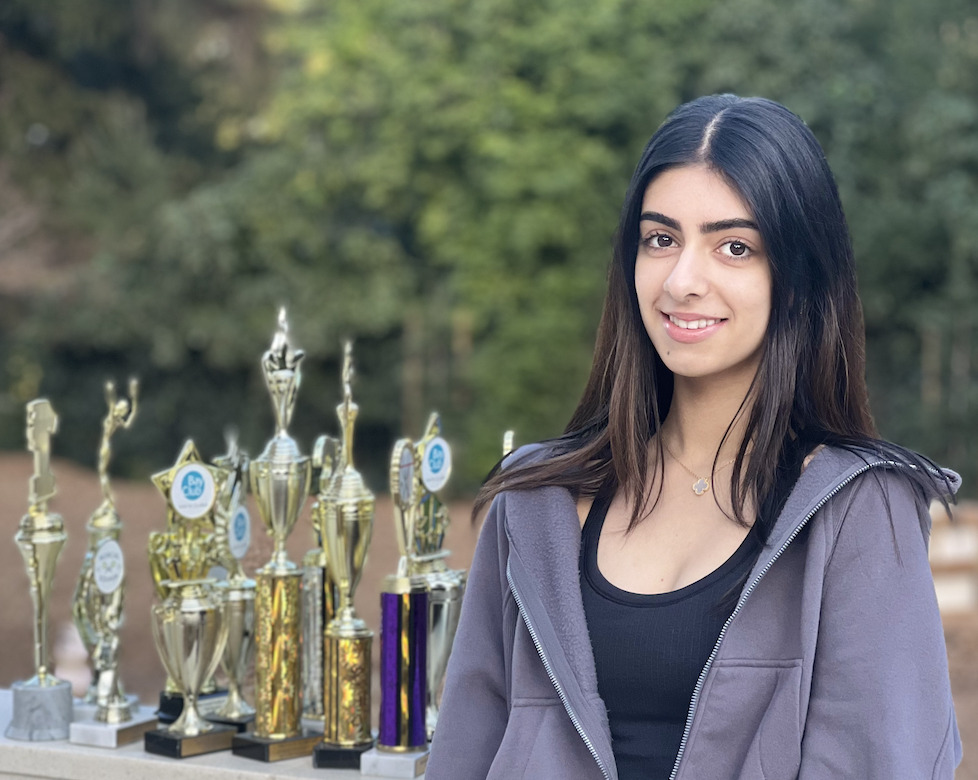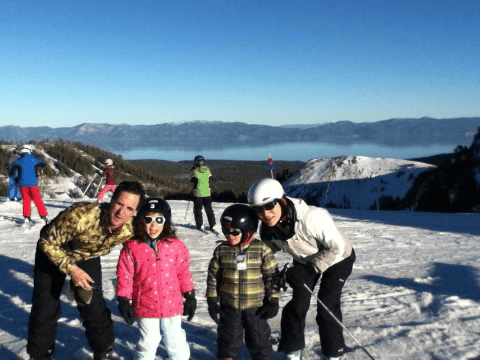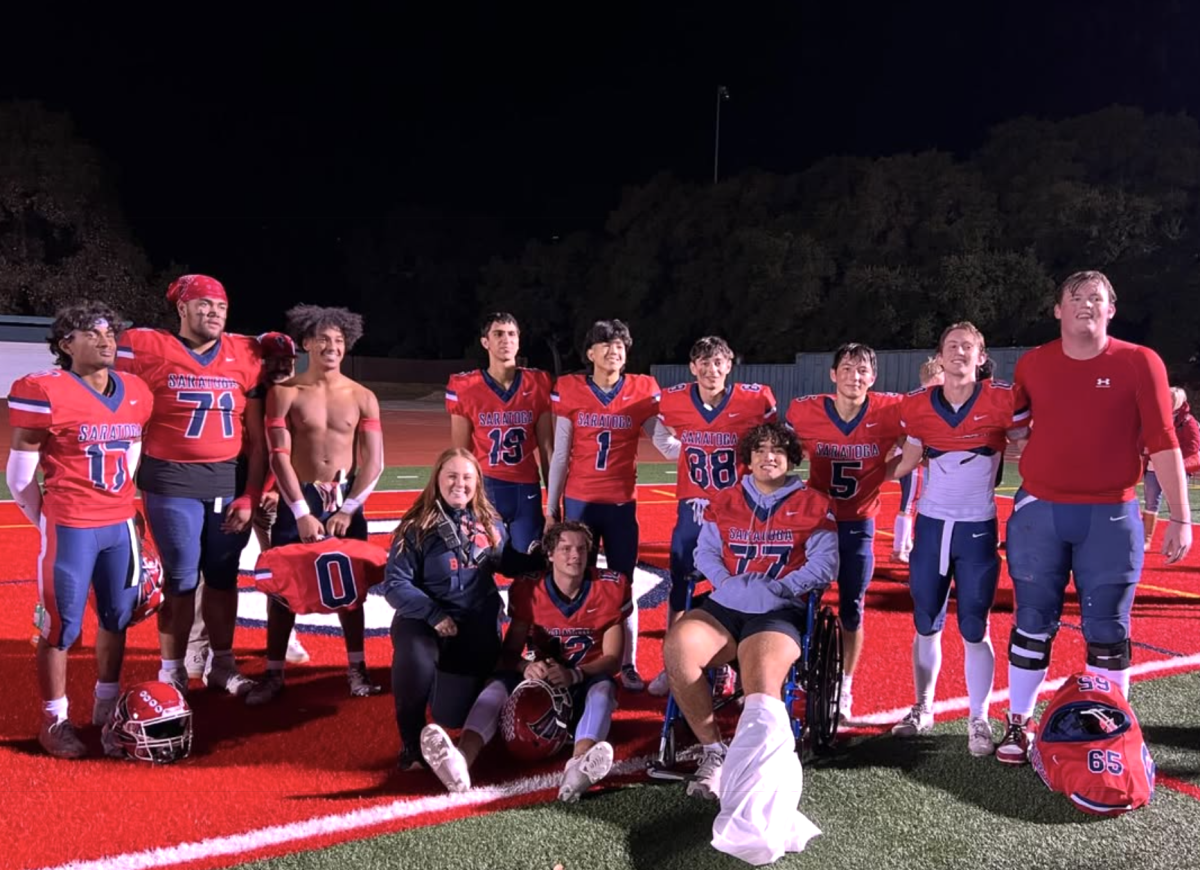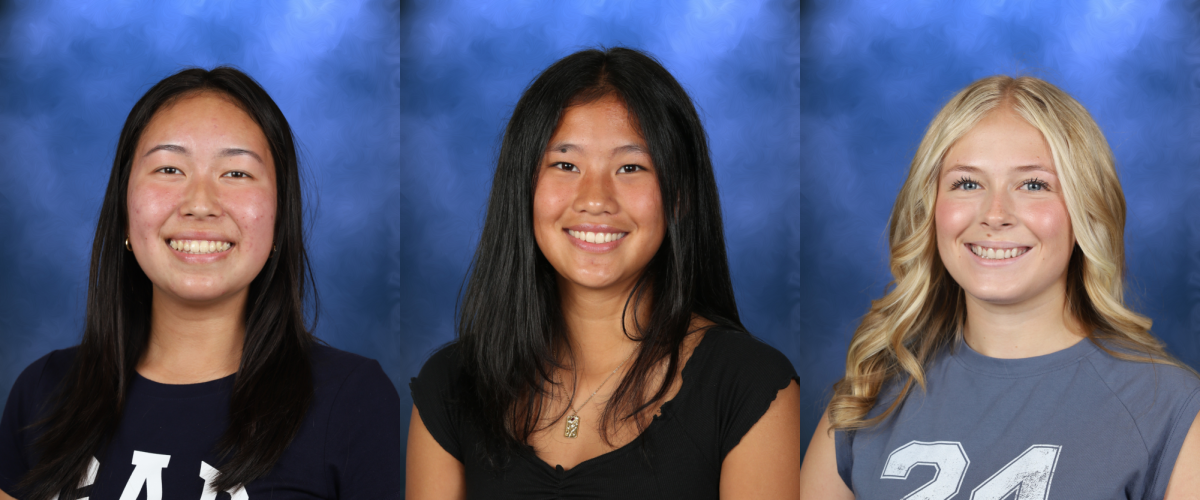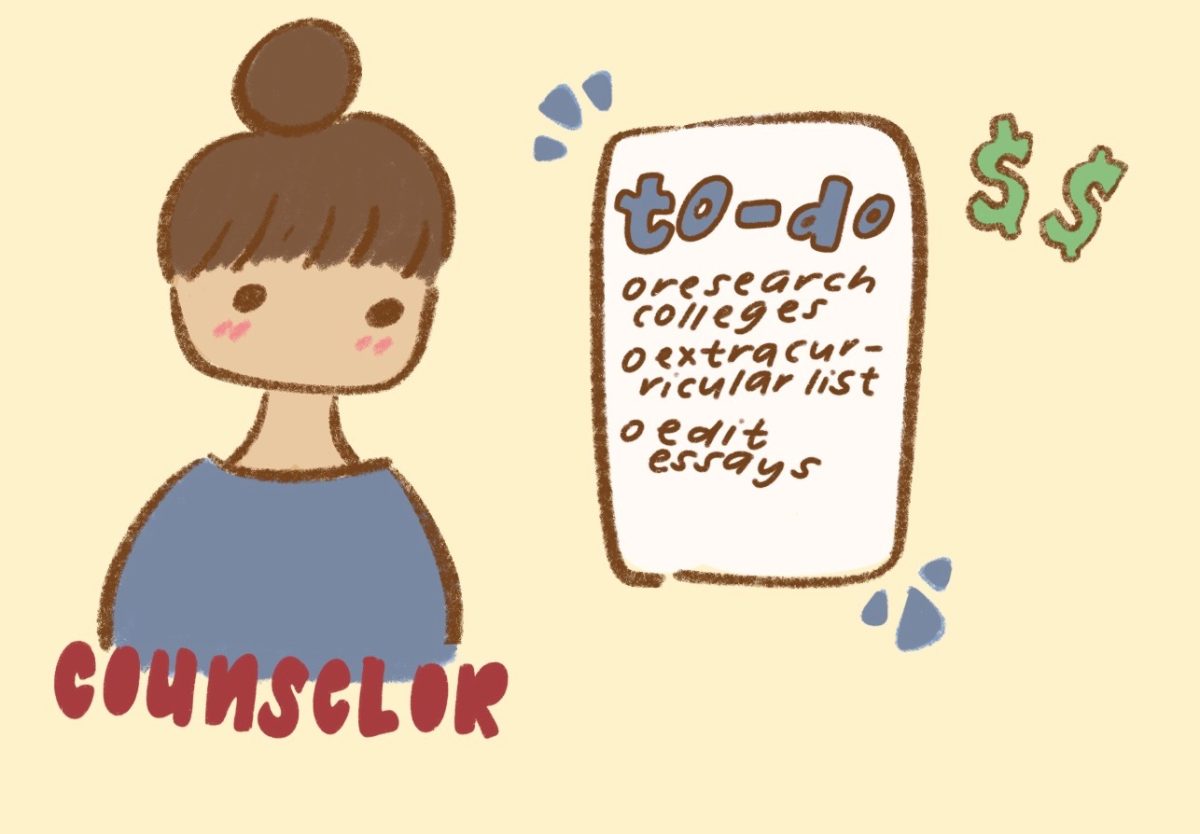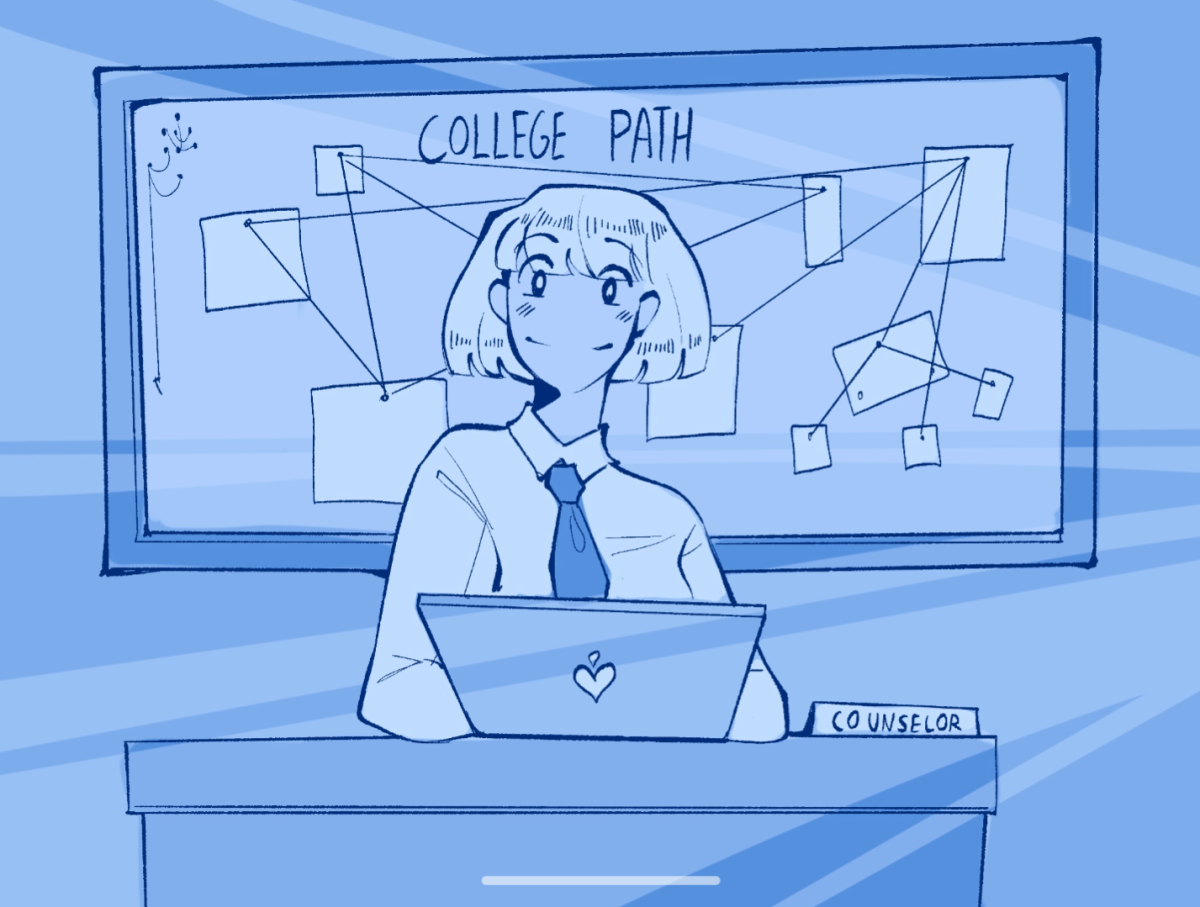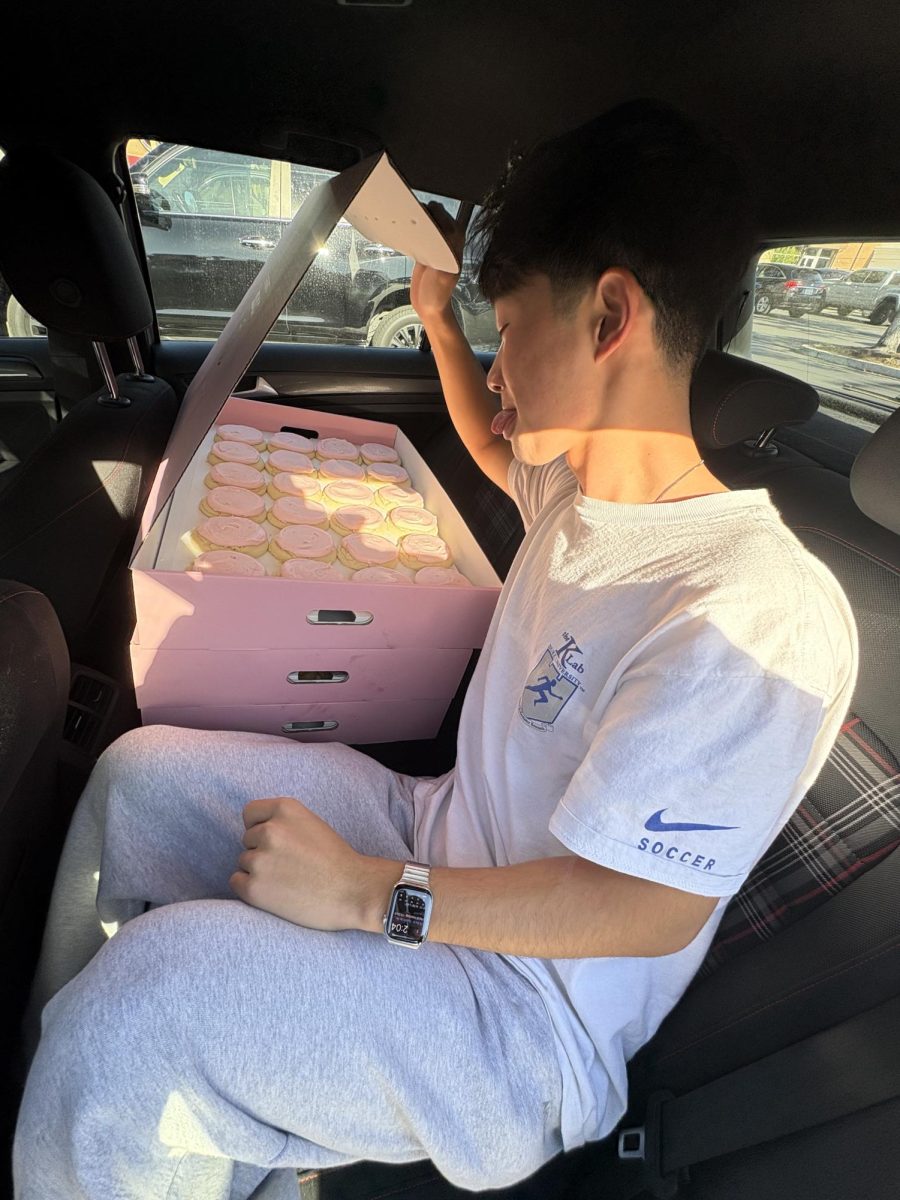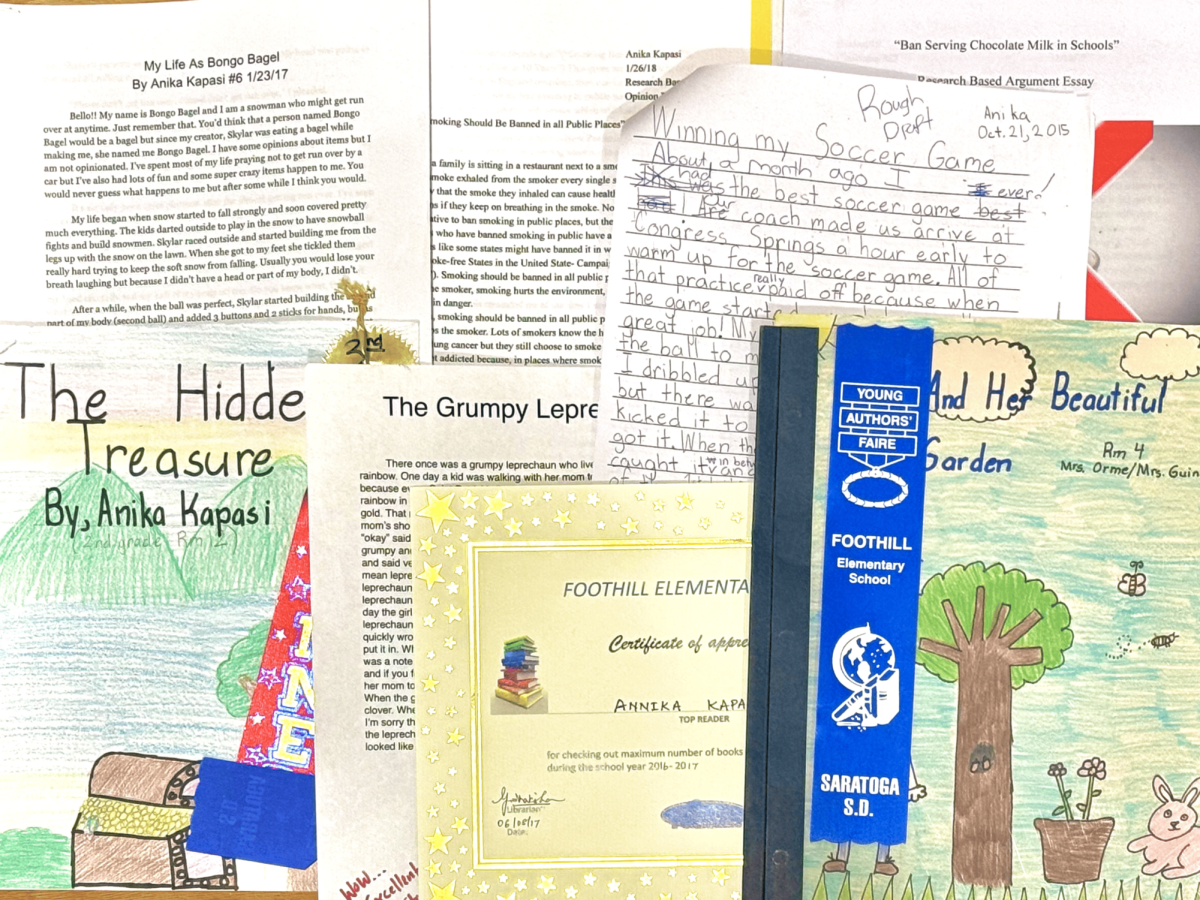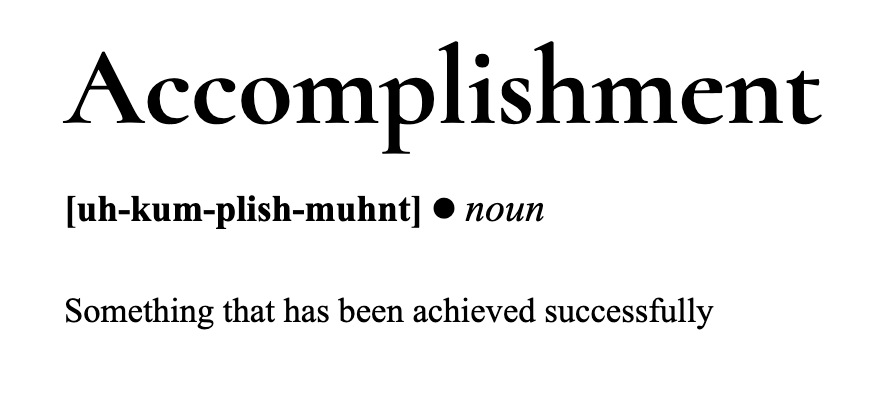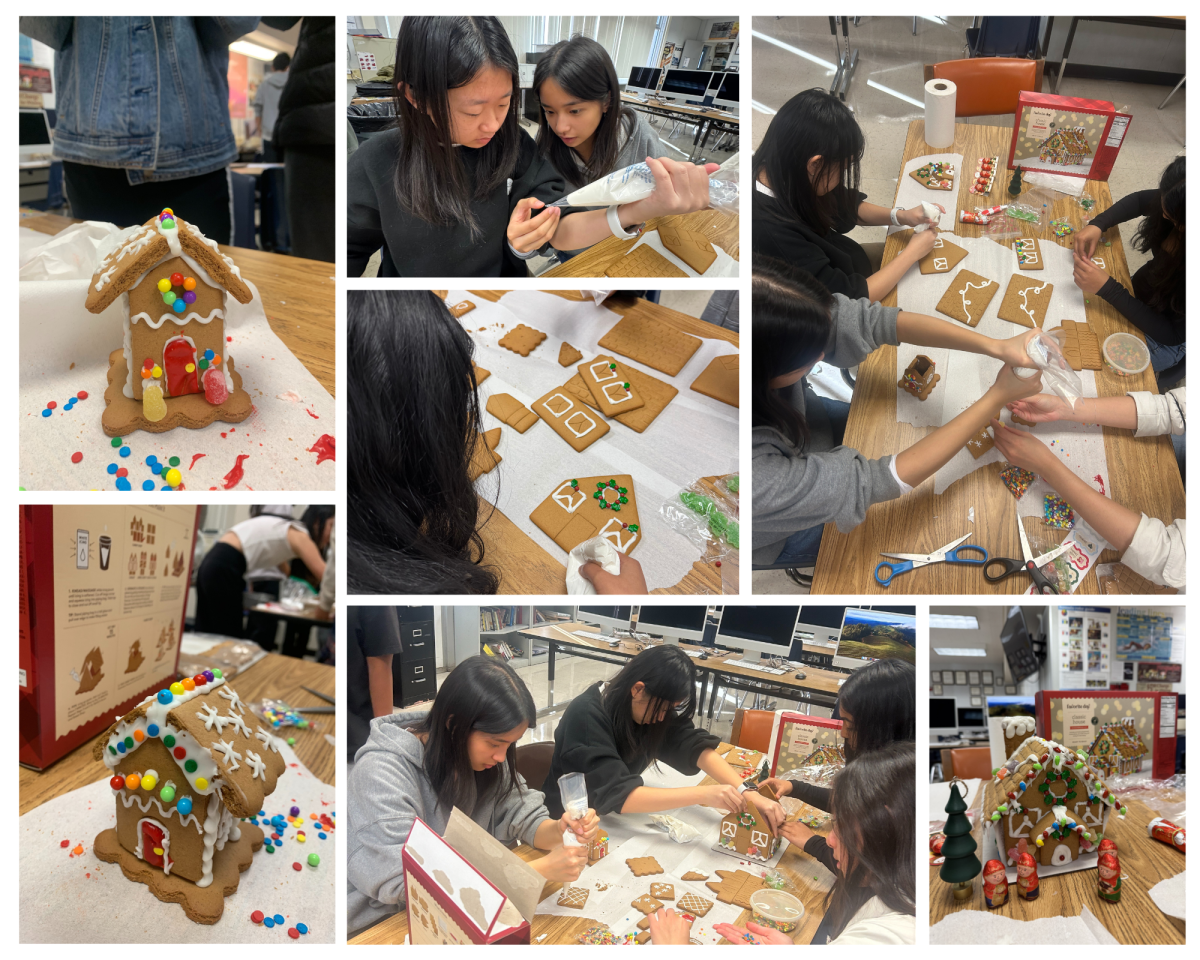A new stricter tutorial system in which students must sign and out of classes and not goof around in hallways or the quad has sometimes been met with complaints and unhappiness, especially among upperclassmen used to a free-flow tutorial system.
With the integration of the new tutorial system along with other policy and personnel changes on campus, it’s easy to see why some students felt disoriented in the first weeks of school; however, the complaints about these changes are merely an overreaction to a minor tweak in student routines.
This new system is necessary to guarantee that the school has enough instructional minutes to meet state standards. Any alternative could entail a lengthening of the school day or the school year.
At first glance, the new tutorial system poses limits students’ freedoms: Having to sign in and out of classrooms constitutes constant adult supervision, a significant change from the completely free tutorials students were accustomed to.
Upon closer inspection, however, it’s clear that tutorial has maintained its key features. The extension of instructional minutes to allow for “social-emotionally relevant” activities gives students many of the same freedoms as before; students retain the ability to meet their friends, visit their teachers and use their phones.
Other schools in the area have enforced teacher-led social emotional learning, so compared to these schools, students in Saratoga have retained a lot more freedom.
Other options have been tabled for fulfilling the requirements due to students’ complaints, but none have proven to be better. If the district had chosen to simply ignore the potential violation of standards, it could have resulted in something much worse.
Extending the school day by lengthening class periods has also been considered. Although the previous tutorial system would remain intact, this solution would have forced the school day to either begin earlier or end later, causing disruption to parents’ schedules and students’ extracurricular activities. Neither the students nor the teachers would prefer either of these alternatives.
Given the lack of better options, the current tutorial system is clearly the only viable option in the short term.
Currently, one of the focal points of student criticism is the inability to purchase food during tutorial. The 10-minute period between “instructional minutes” and students’ next class is not nearly enough time to serve them in cafeteria lines. To many students, getting food from the cafeteria is an essential part of their routine and a necessary boost to get them through the rest of the school day, which was another complaint from the student body as well as some teachers about the new restrictions.
To split up the traffic of the cafeteria lines, the school is in the process of placing two vending machines with healthy snacks toward the back of the school, meaning students heading to science classes will have a realistic opportunity of getting food and making it to class on time.
In addition, having to sign in and out of rooms is also a hassle. Students are subject to long lines at the end of their first- or second-period classes, wasting not only their time, but paper as well. If the objective of the new tutorial is to use time efficiently and maximize learning, this method is not working.
It’s obvious that an electronic system where students use their IDs to check in and out would be much more efficient — and would be worth the investment in technology. Of course, the first year with this new form of tutorial comes with much room for improvement. But over time, the system will undoubtedly become more polished, and students will be able to use their time more efficiently.
The school is already looking for better options for the future, but the administration saw the current system as an easy solution to a problem which would’ve put us in a worse position if the school had been audited and flagged. As of now, the changes with tutorial are the most feasible and implementable solutions to fit the quota and necessary to guarantee a normal summer vacation. At most, they are a minor inconvenience.


